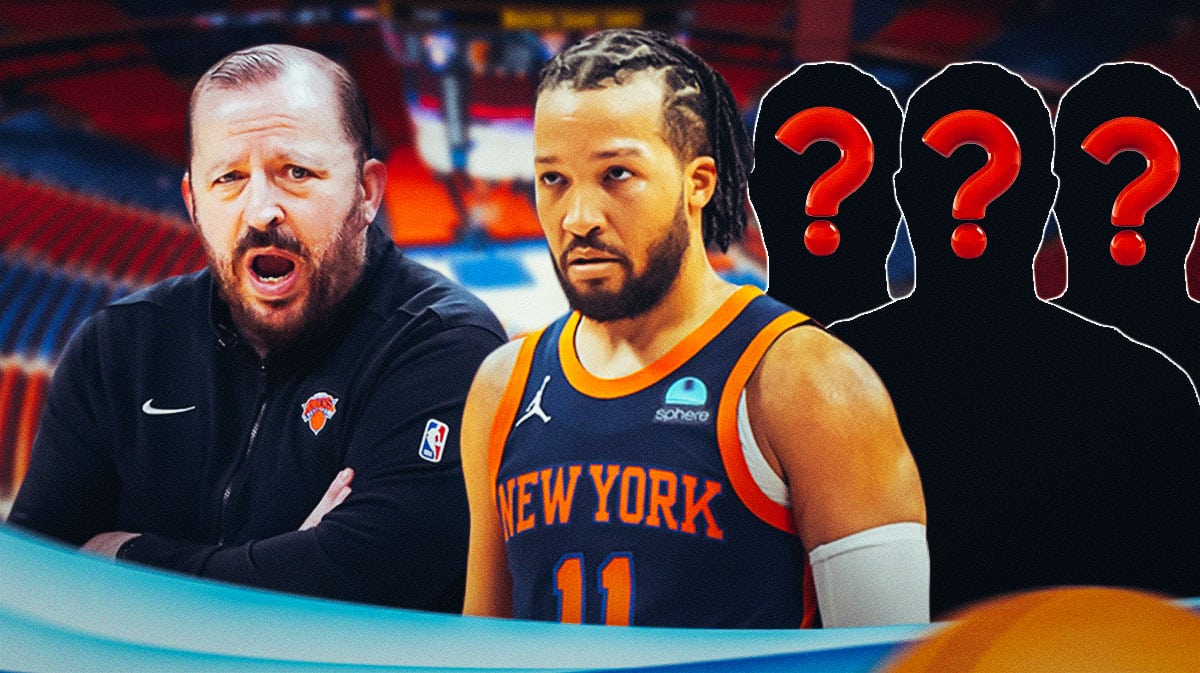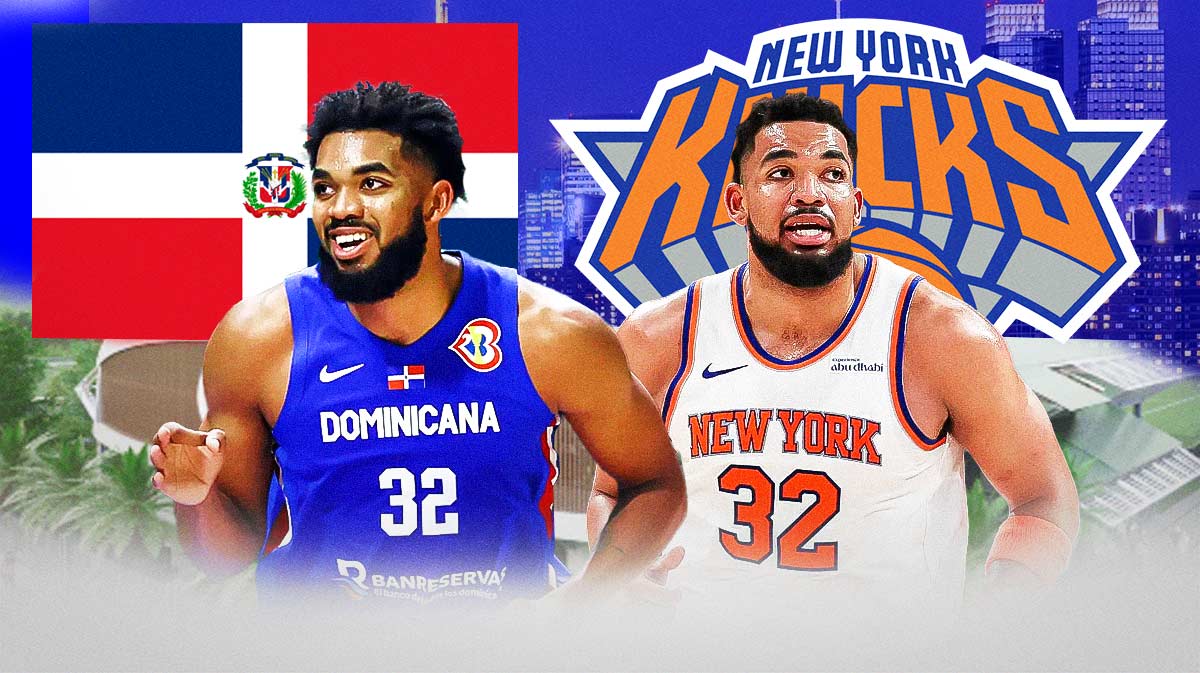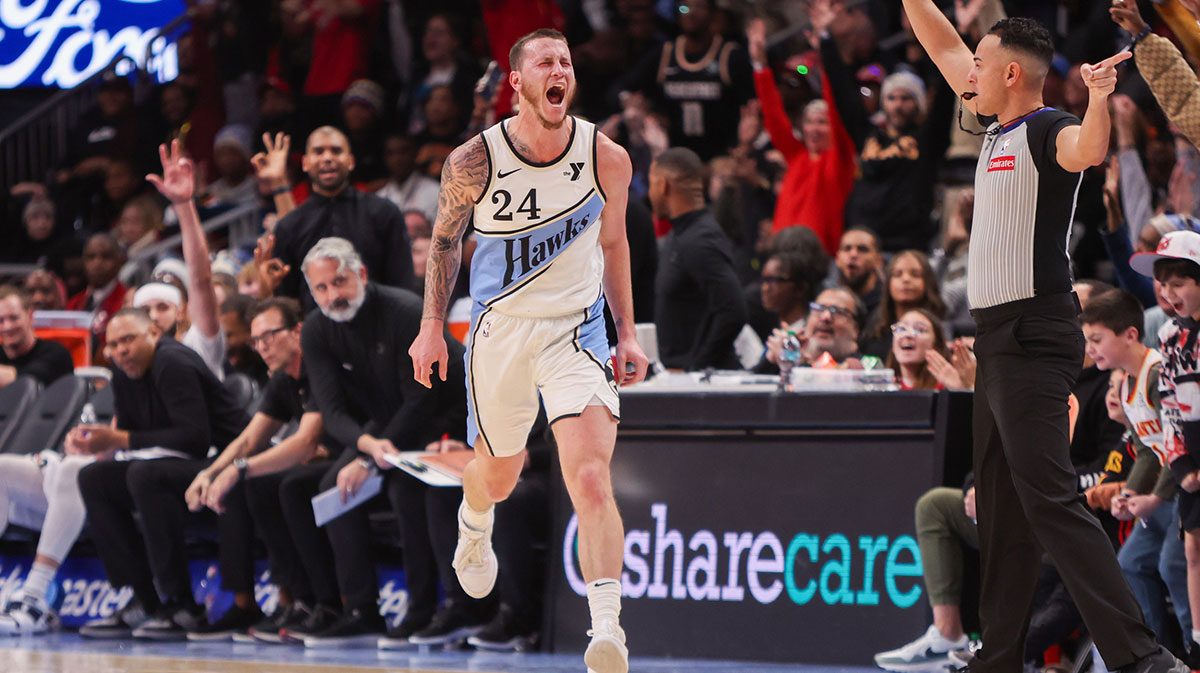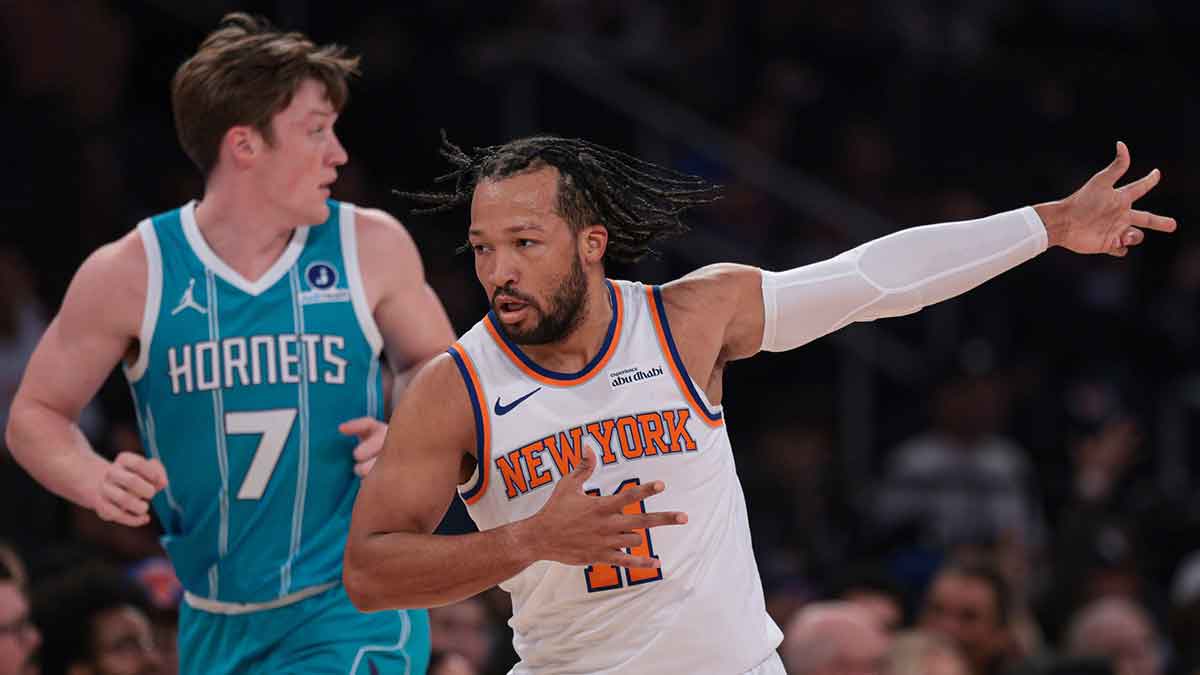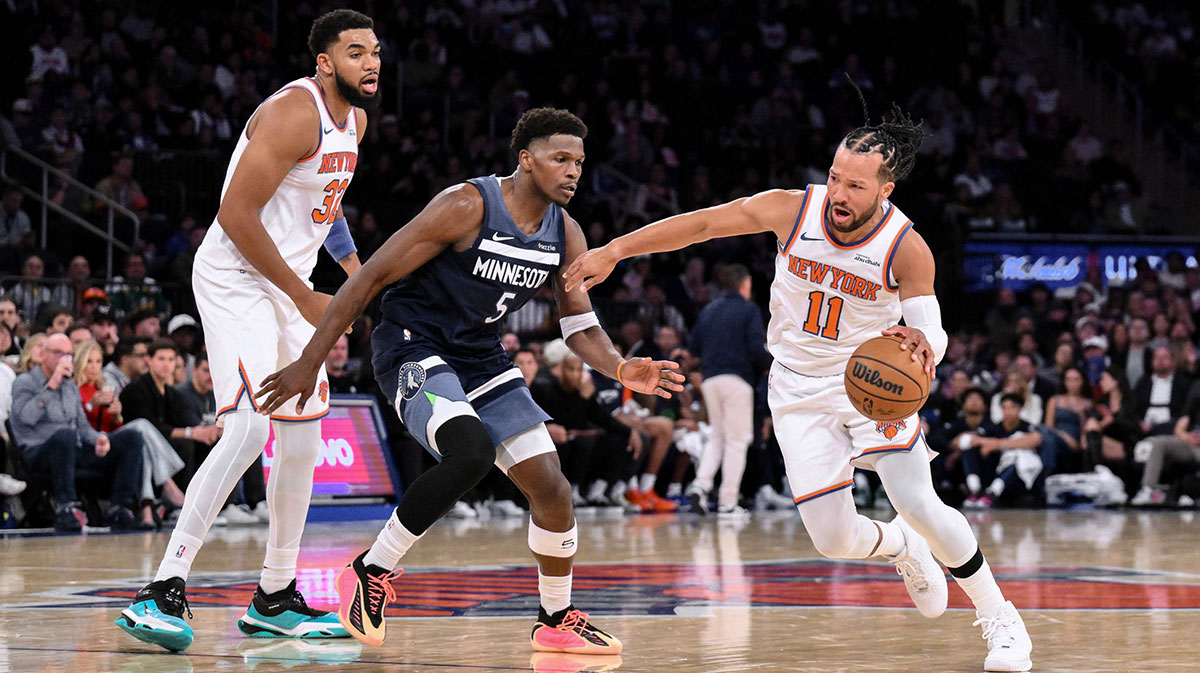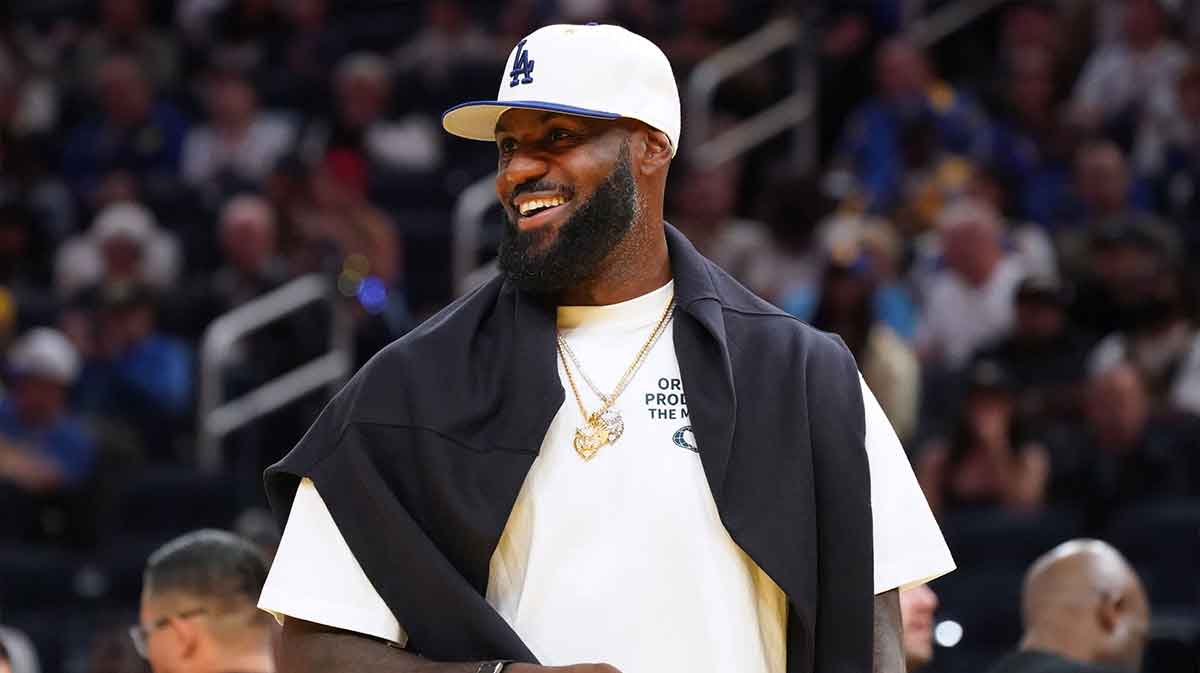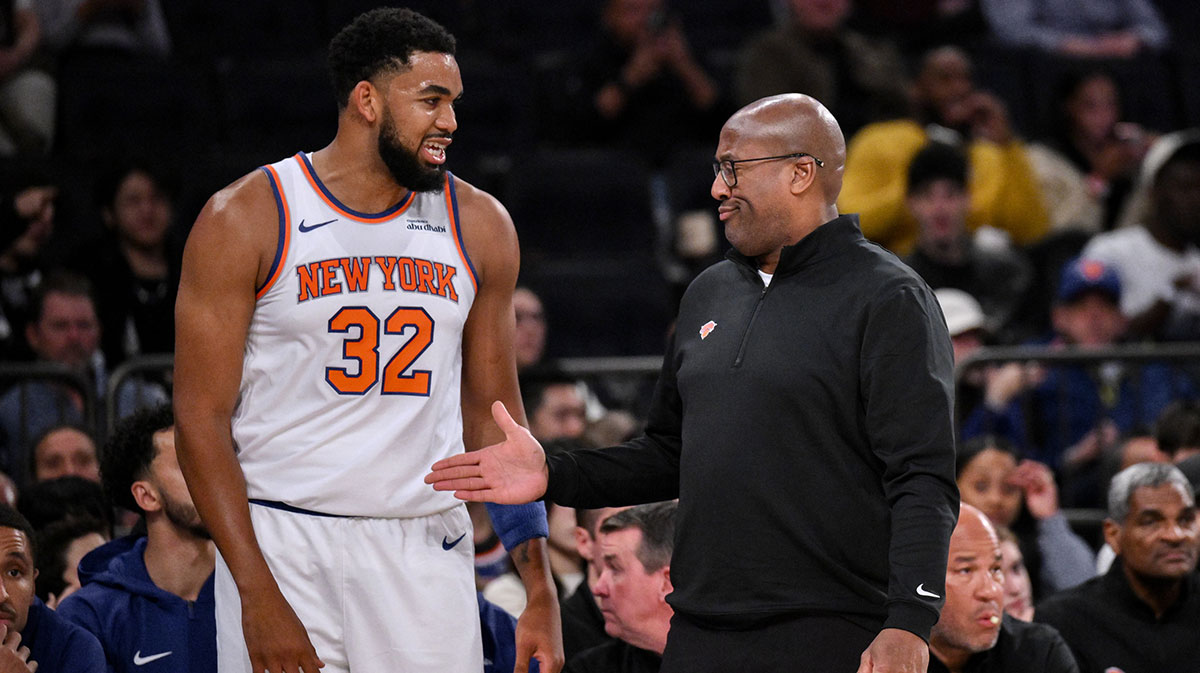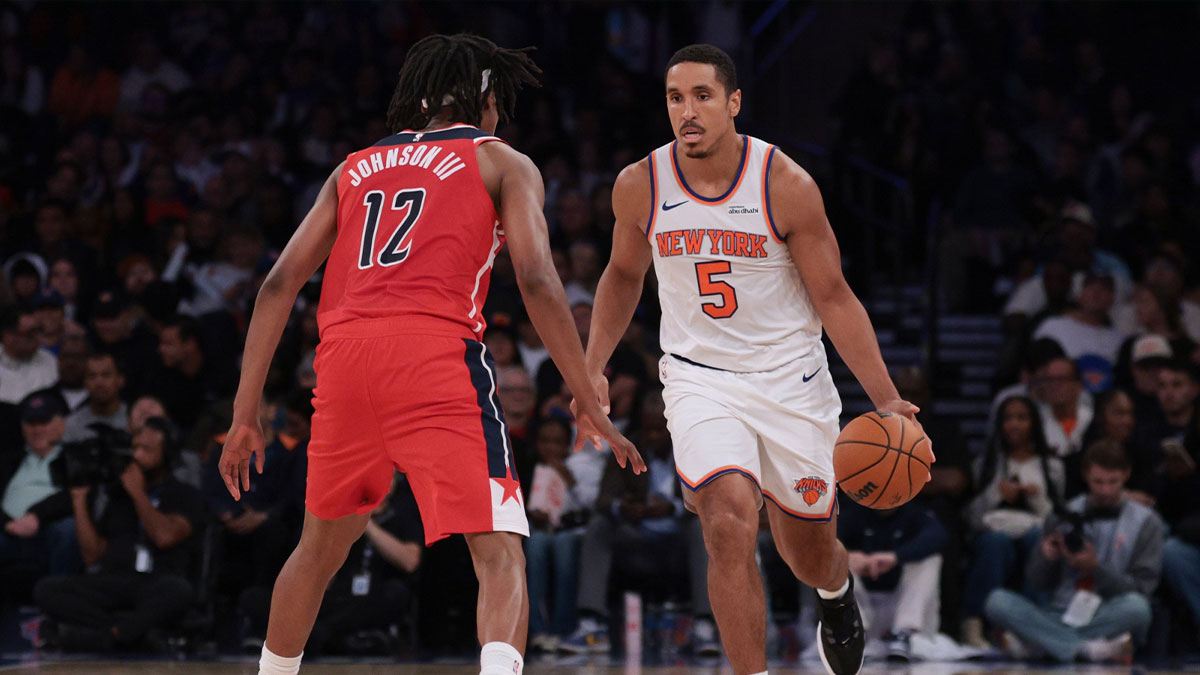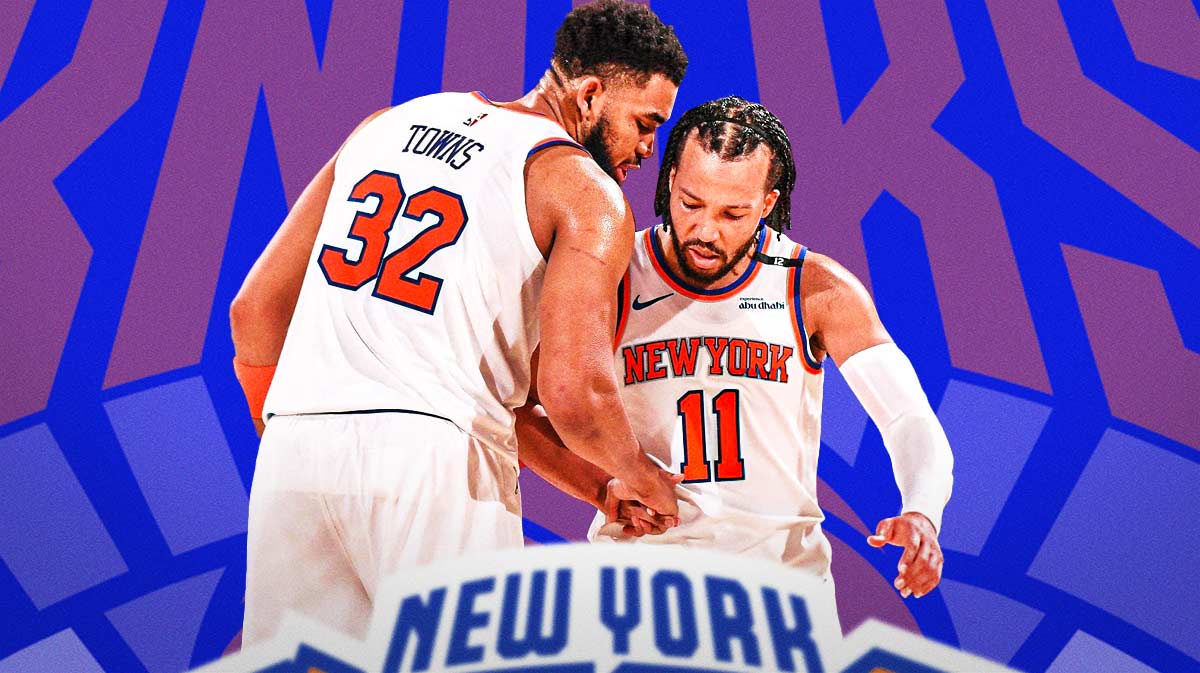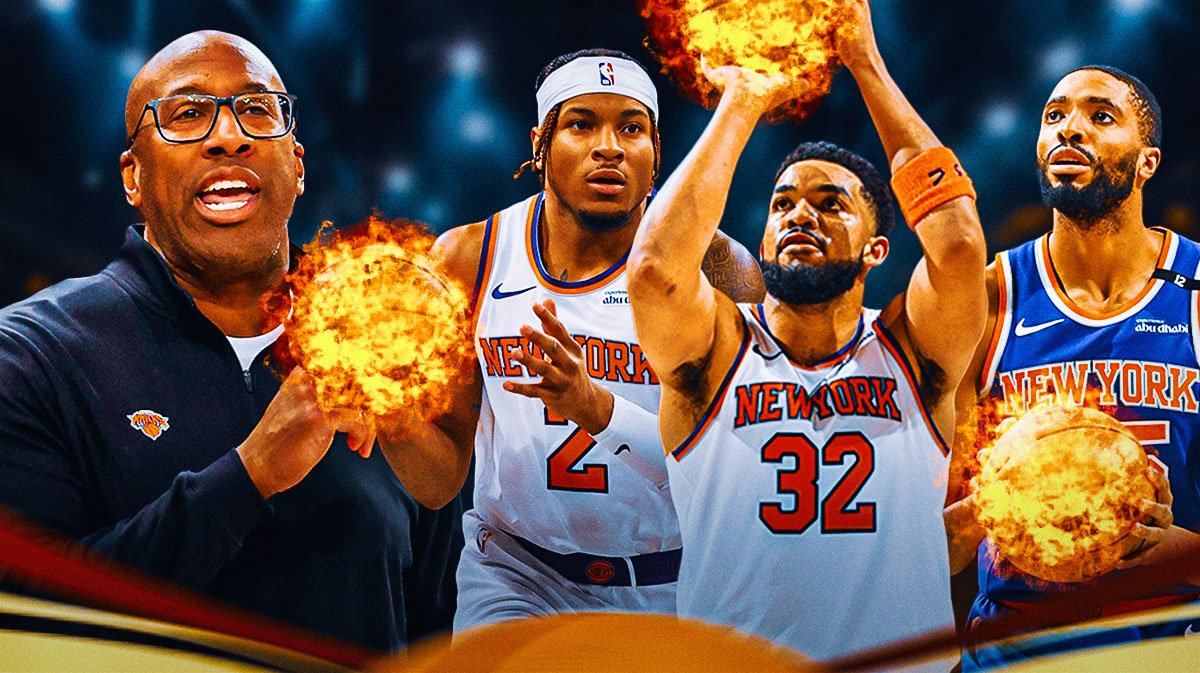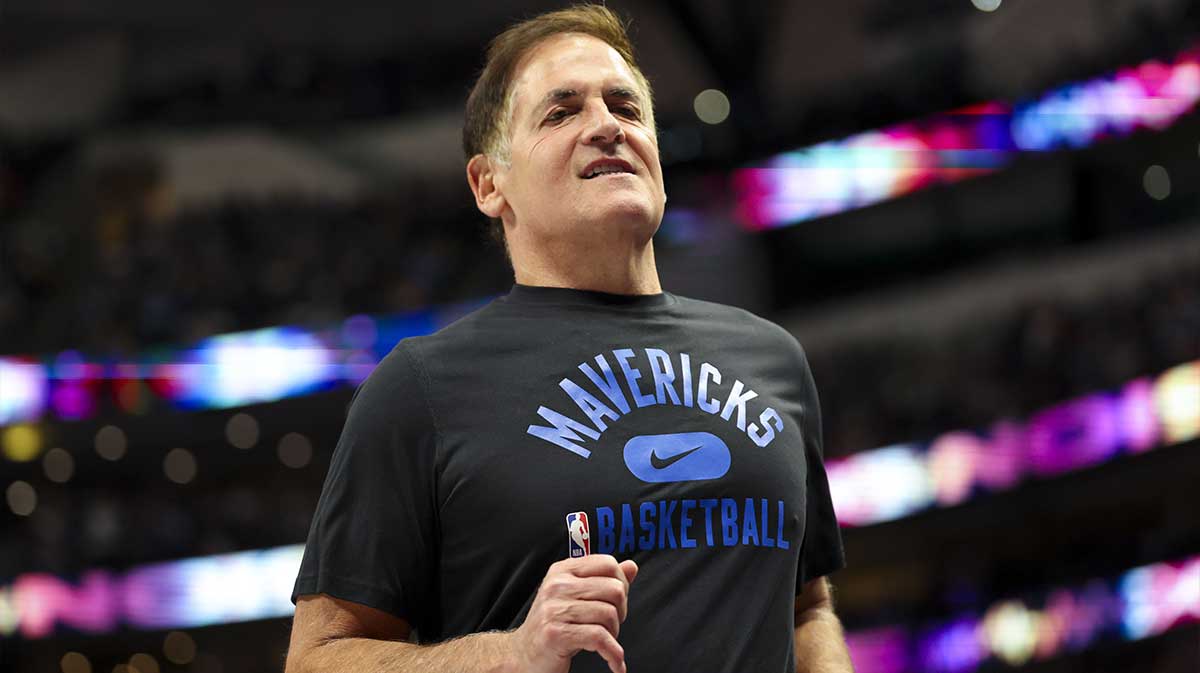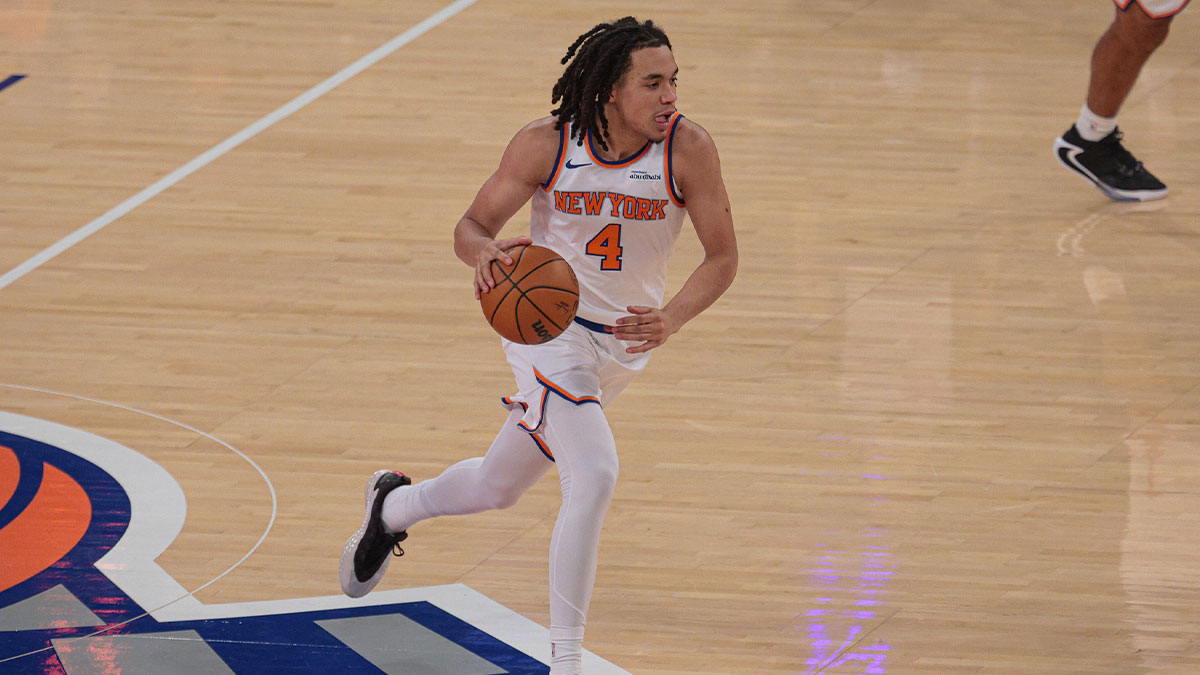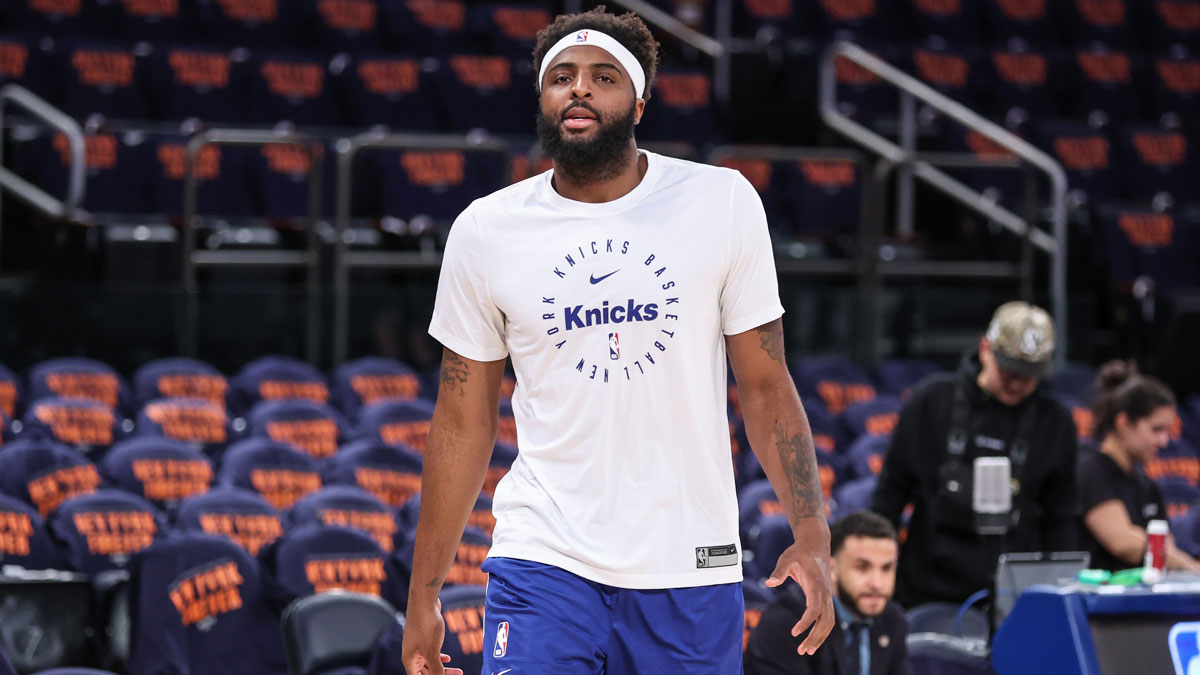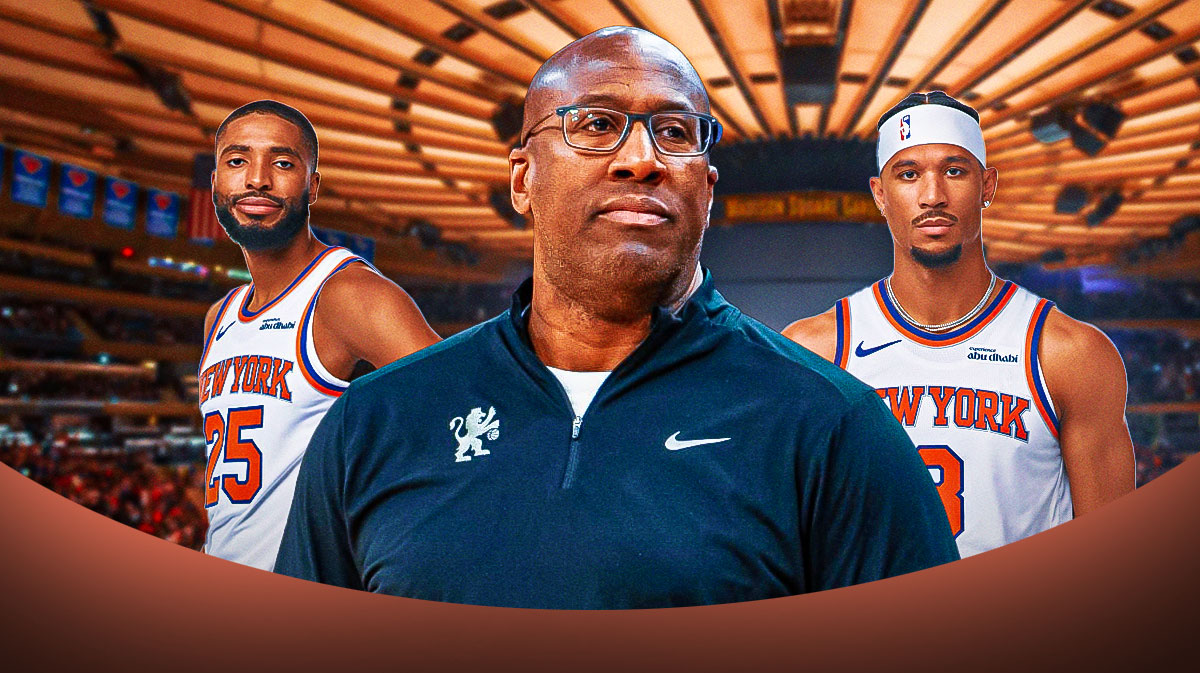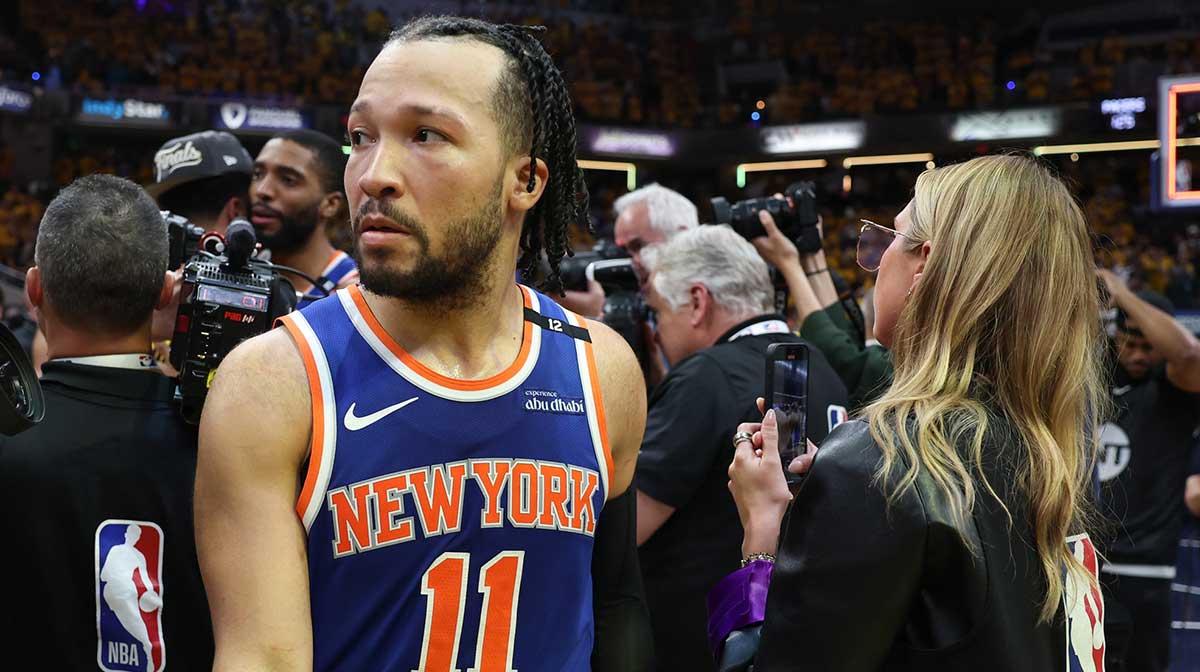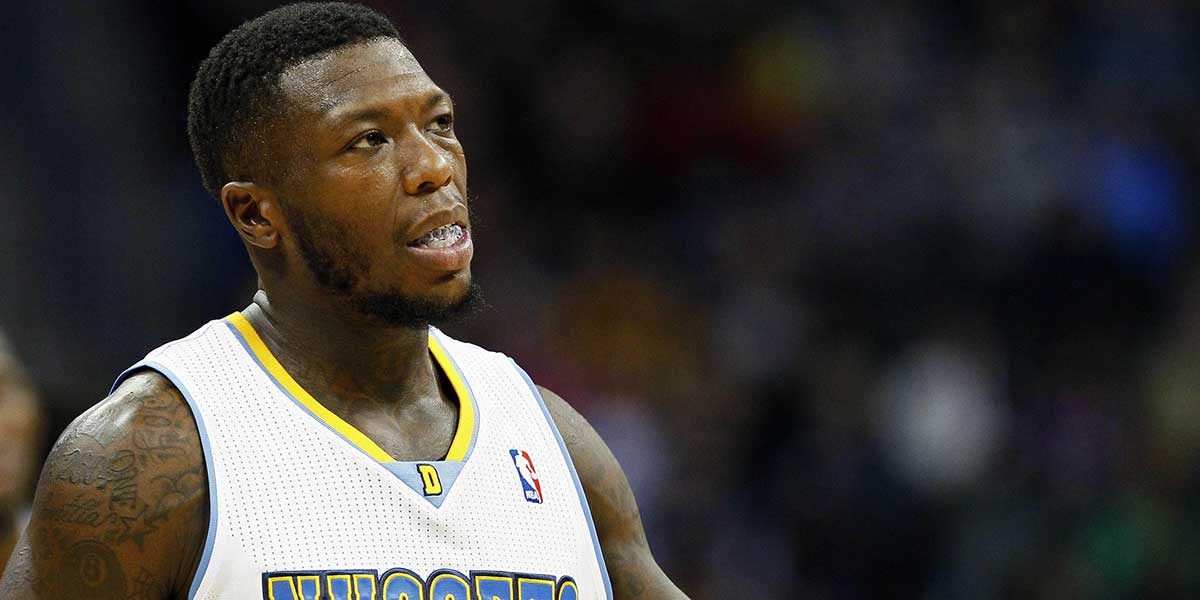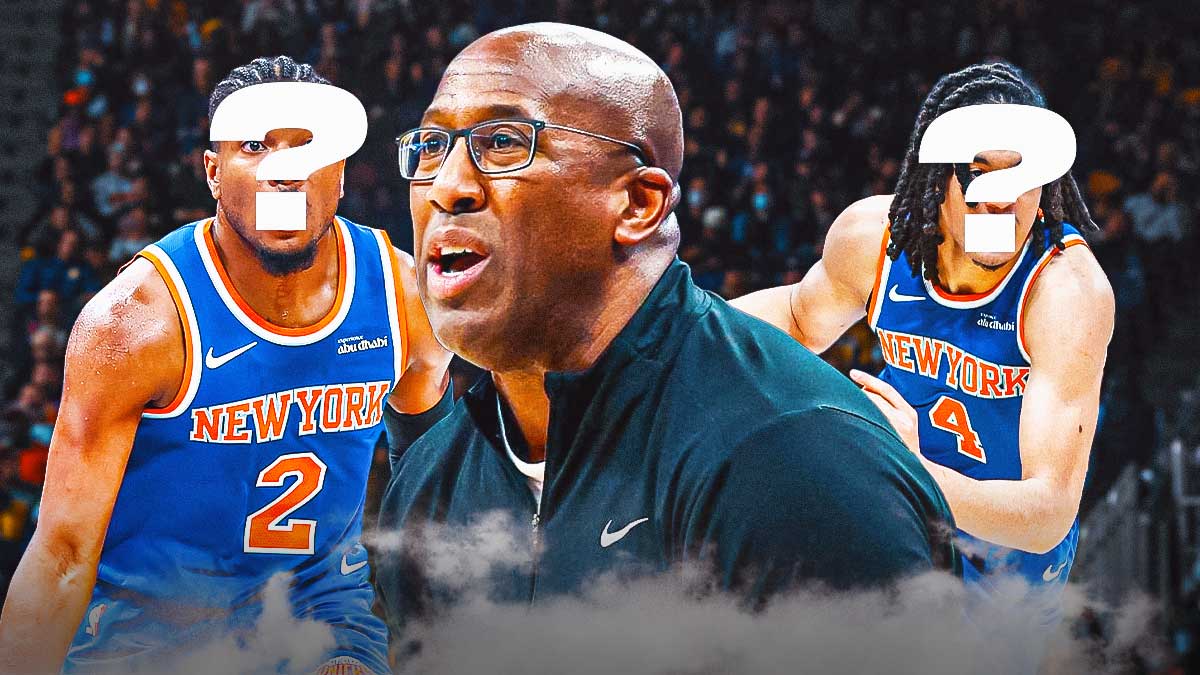The New York Knicks’ roster was well-stocked prior to trading for star guard Mikal Bridges and signing journeyman point guard Cameron Payne. Their rotation became inarguably tighter since. And while every team other than the defending champions can stand to make a tweak or two to improve their chances, the calculus involved in understanding the right number of players in a rotation on a talented team and when to play whom seems nearly impossible. And that’s exactly what Knicks’ coach Tom Thibodeau is contending with currently, as he considers his rotations for the upcoming season.
Notes on Knicks' rotation
When it comes to a realistic rotation, we have to begin with what we know. That means Jalen Brunson, Bridges, OG Anunoby, Julius Randle, and Mitchell Robinson are in. That’s unquestionably New York’s starting five. Is Bridges a natural shooting guard? Will Randle remain on the roster? And if he does, is he the best fit with the other four starters? These are pointless questions. These five will be the starters on opening night. And no matter how much tinkering coach Thibodeau does, all five will inevitably remain in the rotation so long as they remain healthy.
Thibodeau’s rotation will probably not go deeper than nine players, at least on most nights; however, we’ll consider 10. That means there will be five Knicks “regularly” entering games from the bench.
A look back reveals that Knicks’ starters averaged 160.1 of a possible 240 minutes per night. We can assume that holds for 2024-25. Granted, this number requires some assumptions like Bridges receiving the same minutes as DiVincenzo (even though he’ll likely play more), and Robinson playing the same minutes per game as Isaiah Hartenstein, which is fair if you look at Hartenstein’s average across the season and not how much he played when he was healthy and Robinson was not.
But if we assume that starters continue to consume roughly 160 minutes per game, there will be approximately 80 minutes remaining to divide between the five bench players in the rotation.
Who else is in the Knicks’ rotation?
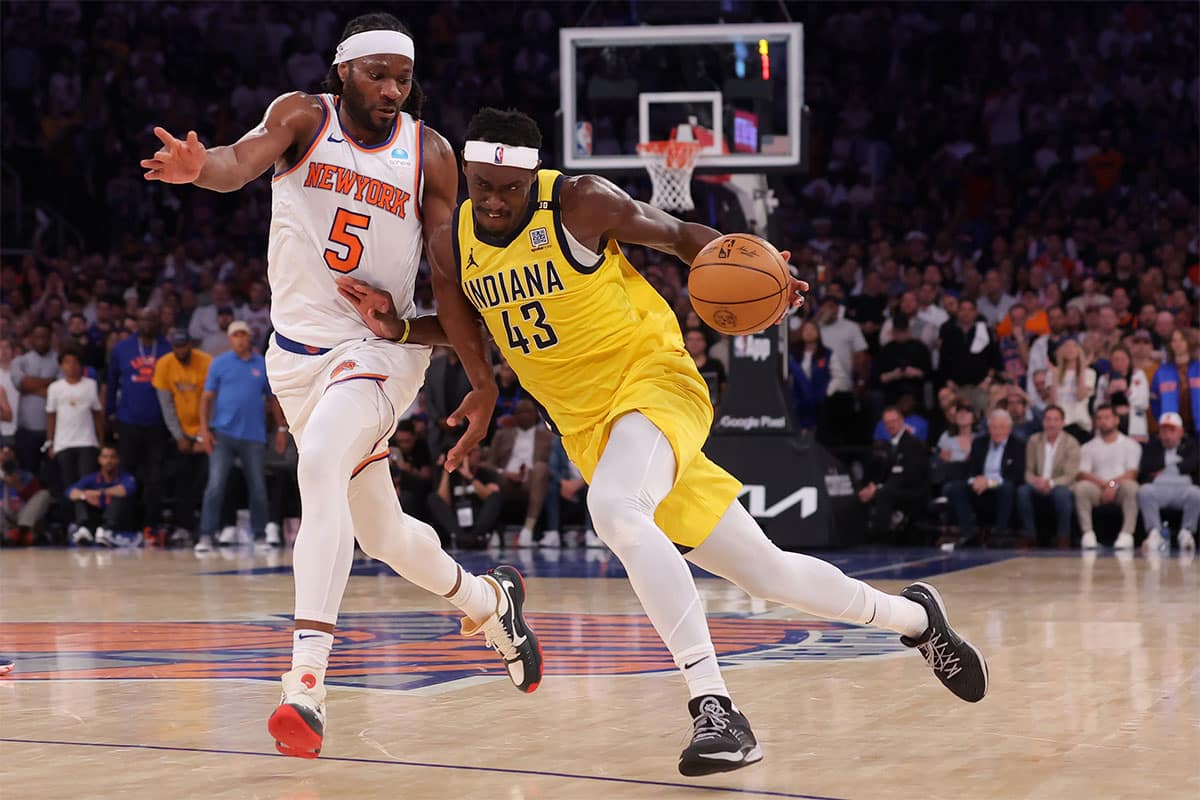
The “who” in this equation isn’t too difficult to answer, especially since Precious Achiuwa re-signed for one-year at $6 million. The first three Knicks are inarguably Josh Hart, Donte DiVincenzo, and Miles McBride. They carved out specific roles after the All-Star break last season. And they gave us no reason to believe they won’t remain in the rotation.
Achiuwa has an obvious place in the rotation, too, as the only option at backup center. That’s an even more important role for New York considering how injury prone Robinson has been throughout his career.
Will Achiuwa’s size (six-foot-eight) require regular Jericho Sims appearances? It’s possible. Therefore, by virtue of need (and not necessarily talent), we’ll call Sims the 10th man in the team’s rotation.
Unfortunately for Knicks’ fans, the signing of Payne and drafting of rookie sensation Tyler Kolek are both merely luxuries. Realistically, it appears that Payne was brought in just in case an injury takes place. And Kolek will probably have a greater impact in 2025-26 and beyond. Although it is worth mentioning that Kolek’s play in Summer League probably helped convince Rokas Jokubaitis to sign with Israel’s Maccabi Tel Aviv. So, while he probably won’t receive consistent minutes, it’s feasible that we get semi-regular glimpses of the Marquette product.
Knicks' depth chart
New York’s depth chart will probably look like this for the beginning of the season:
Point Guard: Brunson, Payne, Kolek
Shooting Guard: Bridges, DiVincenzo
Small Forward: Anunoby, Keita Bates Diop
Power Forward: Randle, Hart
Center: Robinson, Achiuwa, Sims, Ariel Hukporti
But a depth chart doesn’t reveal much about who plays with whom and when. Realistically, looking beyond the starting five, Thibodeau will probably substitute Hart and DiVincenzo for Bridges and Randle sometime in the first quarter. We can expect an Achiuwa-for-Robinson substitution in the first quarter, too.
Beyond that, the actual rotation is anyone’s guess. How many minutes will McBride play alongside Brunson if DiVincenzo is the team’s backup shooting guard? And if he’s not playing backup point guard minutes, how much playing time does he realistically receive? If he ends up playing backup point guard minutes, what does that mean for Payne? How do the Knicks maximize Hart’s minutes? That’s an especially interesting question considering how much more Hart impacted games when playing longer minutes. And finally, how do they handle their center rotation?
These are all incredibly valid questions, especially for a team on the precipice of true legitimacy. Unfortunately, we’ll have to wait-and-see. On the bright side, Thibodeau’s maniacal approach to the game should put these types of concerns to bed. He’s almost certainly considered these questions (and more). And while whatever solution he’s concocted is purely hypothetical, he’s earned our trust.

